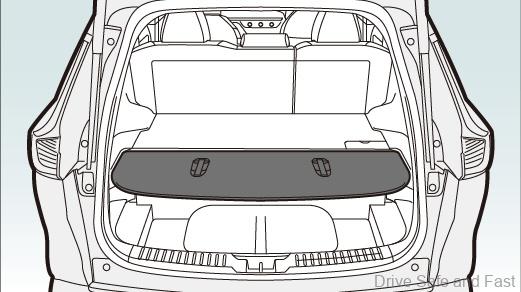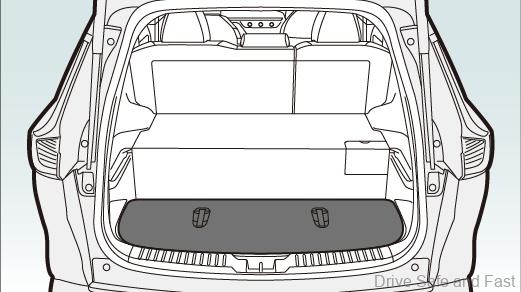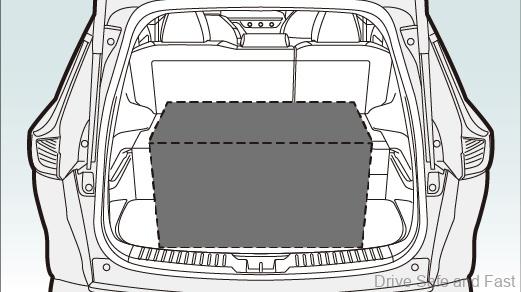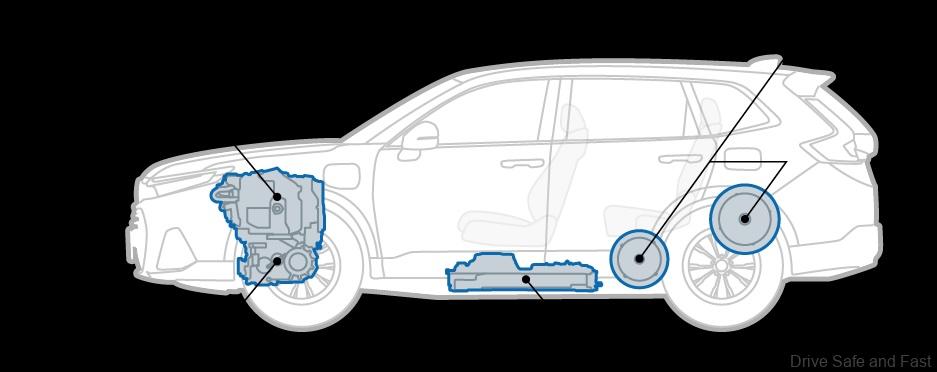The hydrogen fuel cell powered Honda CR-V e:FCEV will be made available in Japan in 2024.
Early last year, we got word that Honda was not giving up on hydrogen fuel cell technology and in fact, would expand its availability to the latest CR-V model. This month, the company revealed the production-ready version of the Honda CR-V e:FCEV and will put it on sale in Japan later this year. What’s interesting about this model is that its battery can be charged by the hydrogen fuel cell OR plugged-in via a CHAdeMO port.
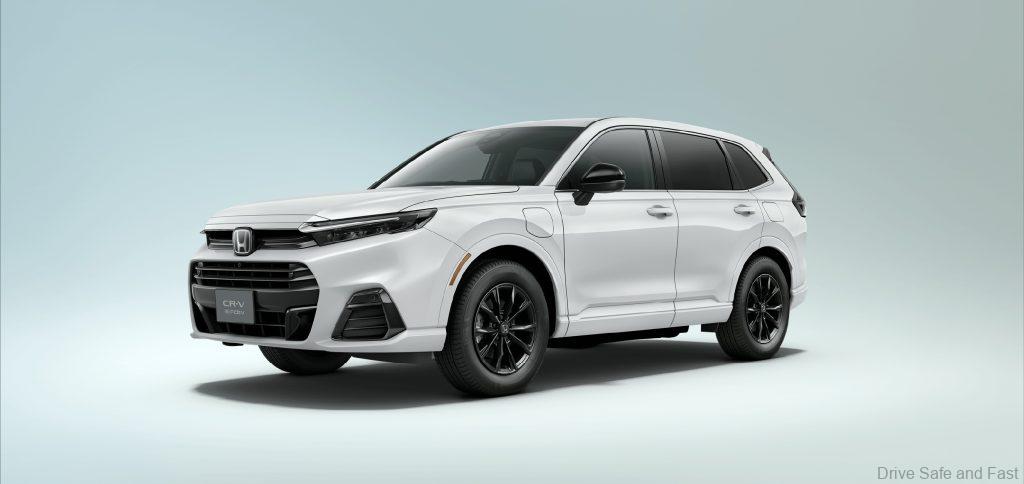
The Honda CR-V e:FCEV was shown at the 21st International Hydrogen & Fuel Cell Expo in Japan and is being touted as the first hydrogen fuel cell vehicle to feature plug-in charging functionality. That being said, a full charge via cable can only net about 60km of electric driving.
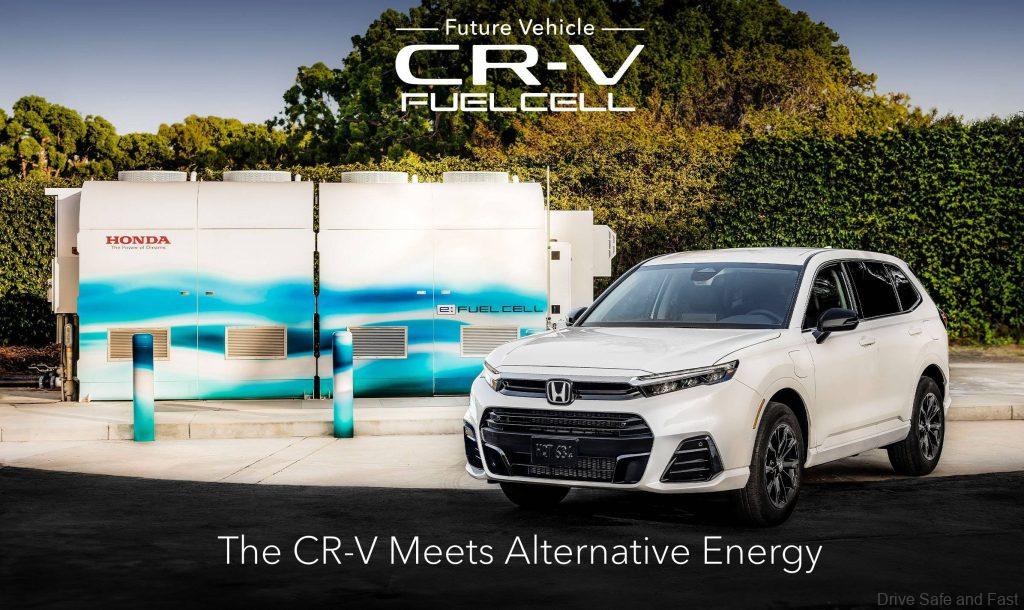
A full tank of hydrogen, on the other hand, can return more than 600km of range and only takes 3 minutes to complete. Still, it’s better than being completely at the mercy of hydrogen pumps that can apparently shut down at any time.
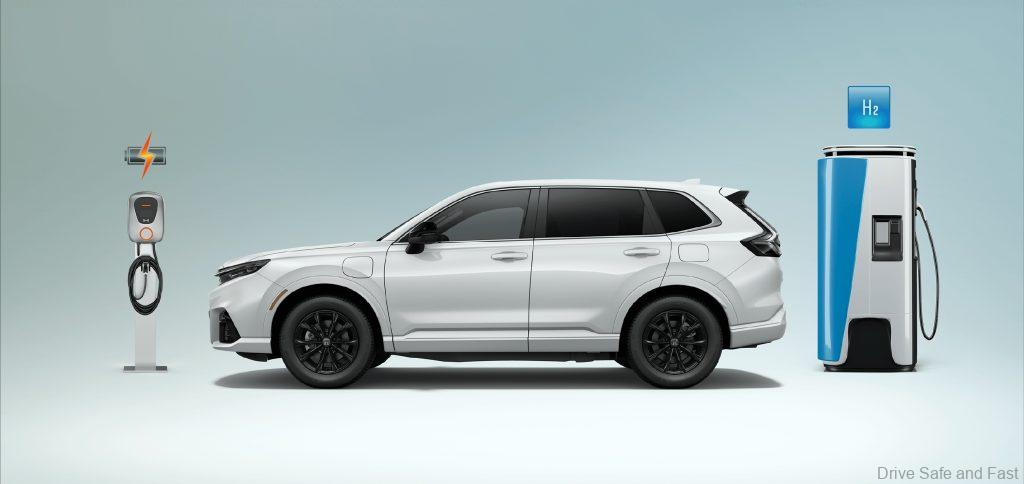
Another reason why this is quite a special vehicle is because it’s actually based on the familiar and successful 6th generation CR-V. All of Honda’s previous hydrogen fuel cell vehicles have been based on non-standard models such as the FCX Clarity and the subsequent 2nd gen Clarity (which also had battery electric and plug-in hybrid versions).
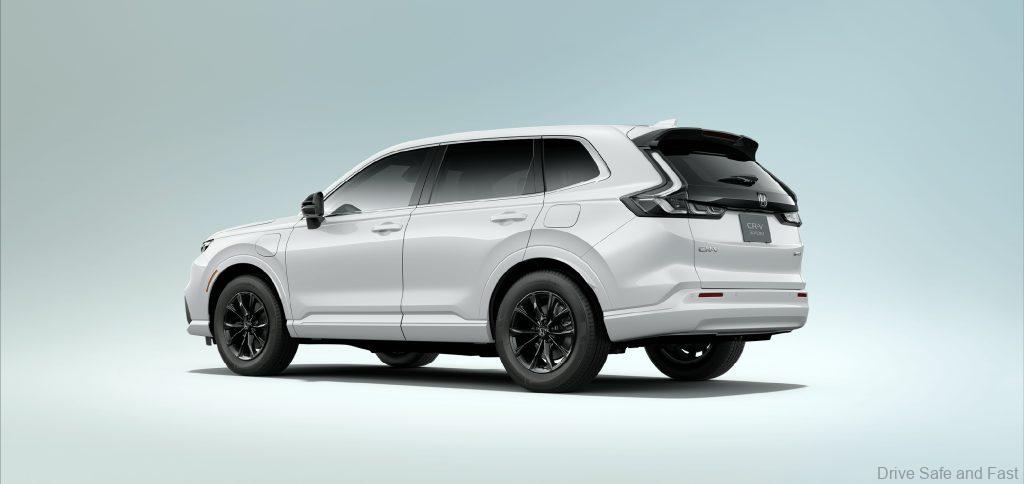
The fuel cell system was co-developed by Honda and General Motors at Fuel Cell System Manufacturing (their joint-venture company).
Which leads to the third reason why this model is special – it’s being made in the USA and exported to Japan. How often does that happen nowadays? Honda plans on introducing it in the USA as well at the end of 2024.
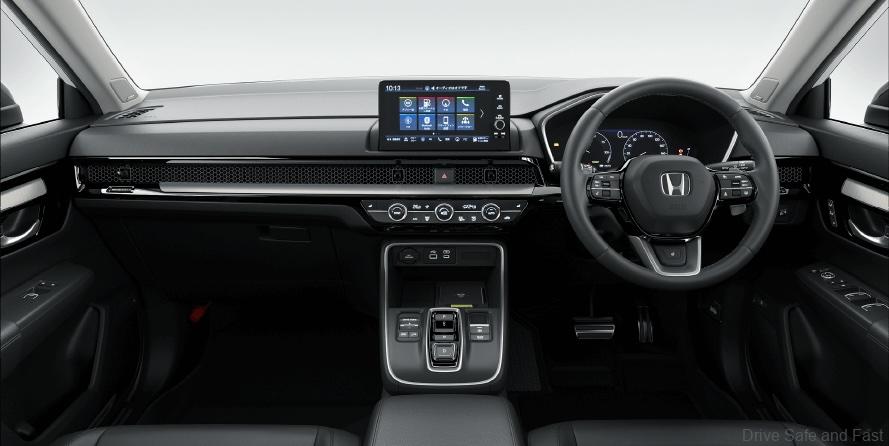
Here are some of the CR-V e:FCEV’s Features
- Hydrogen re-fueling time of 3 minutes for long distance drives
- plug-in charging (charging rate undisclosed) for everyday EV driving
- functions as mobile generator with 1500W output capability through charging port
- same cabin space as hybrid and petrol CR-V models
- two-level cargo space with upper storage level due to intrusion of hydrogen tank
- unique exterior design that’s cleaner than other CR-V variants
- more sustainable materials used for interior, such as bio-based synthetic leather
- more durable, affordable and refined fuel cell system
